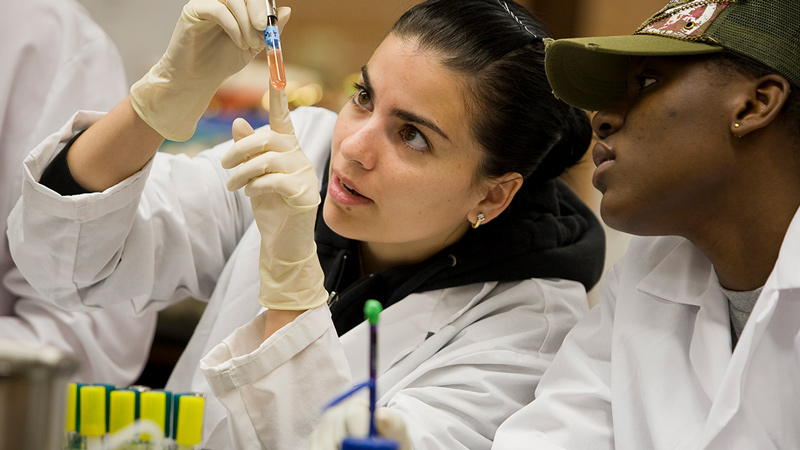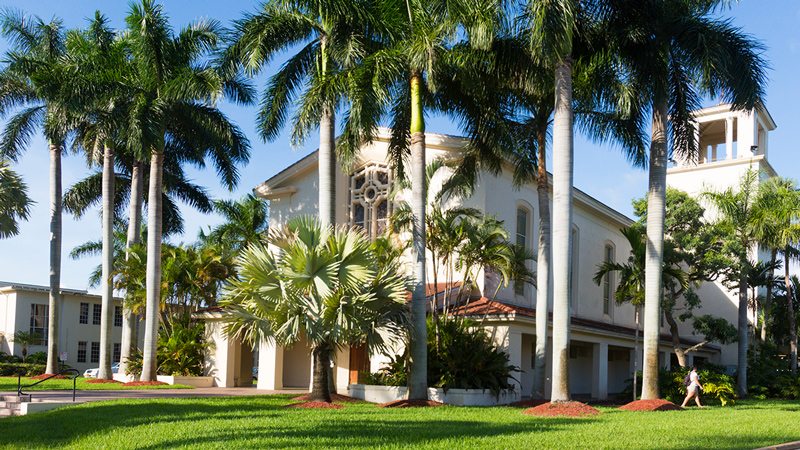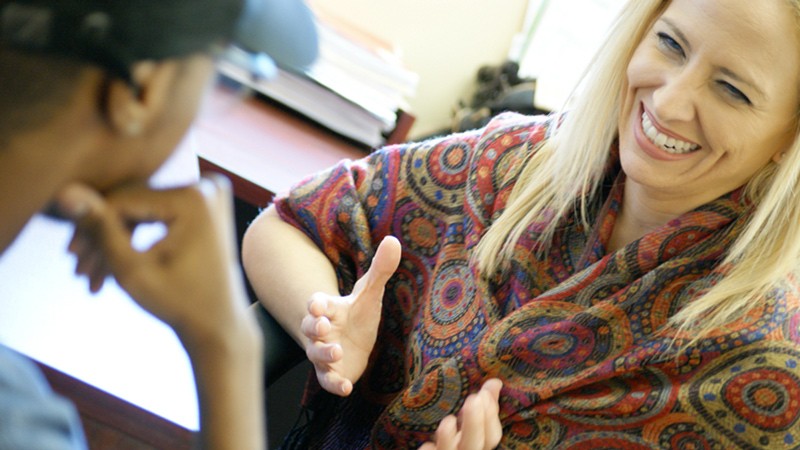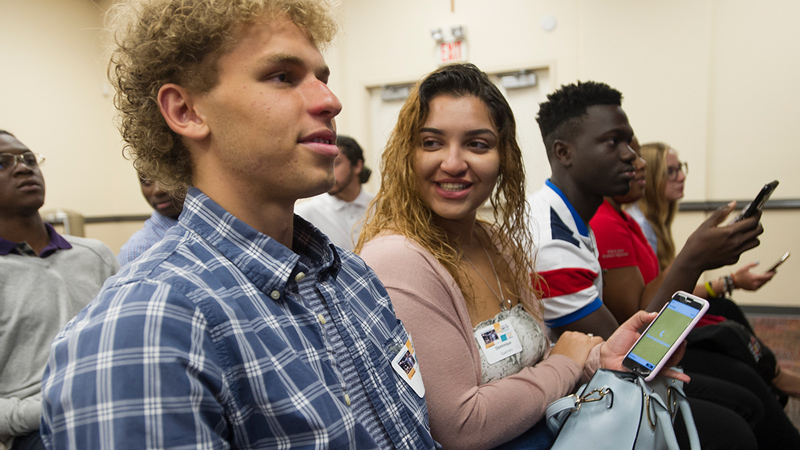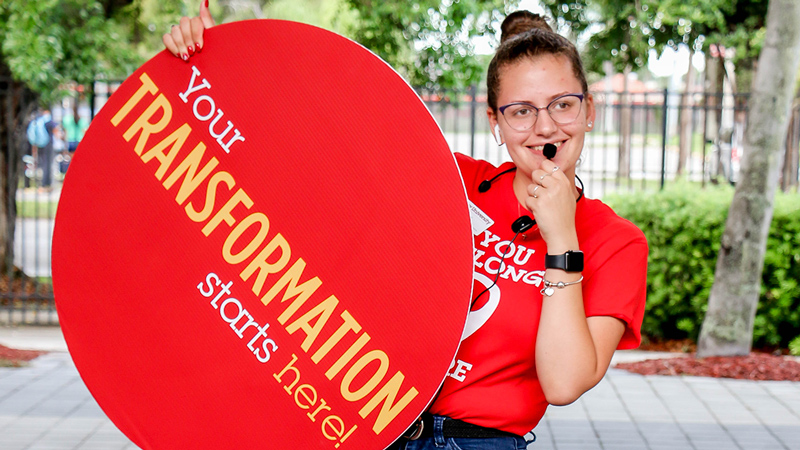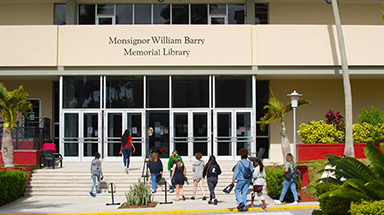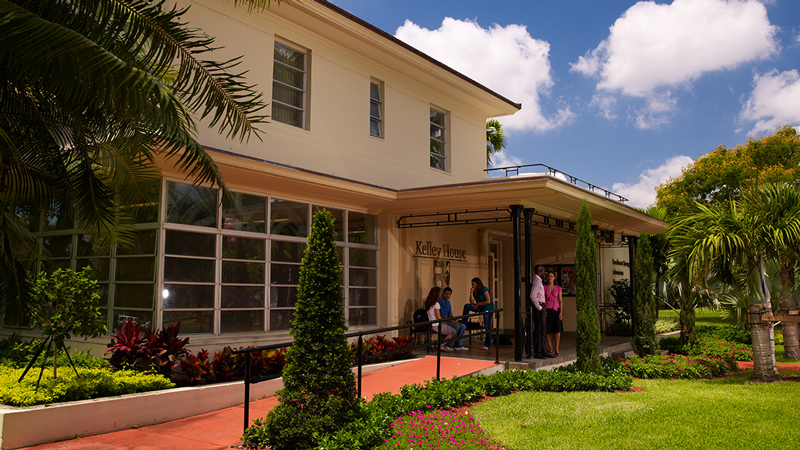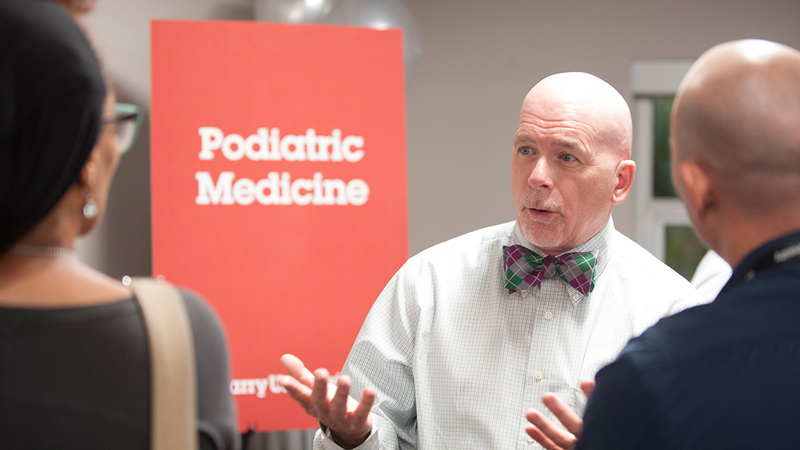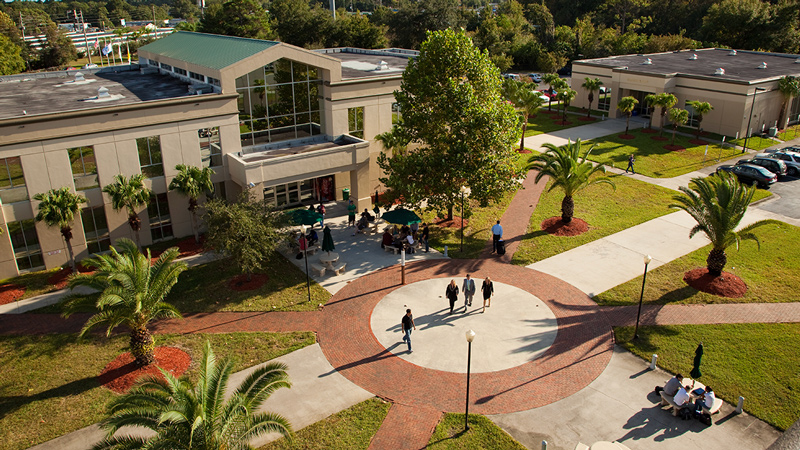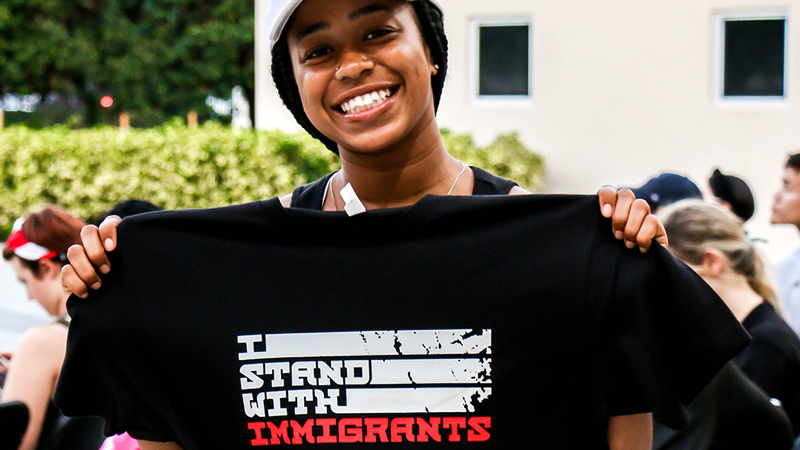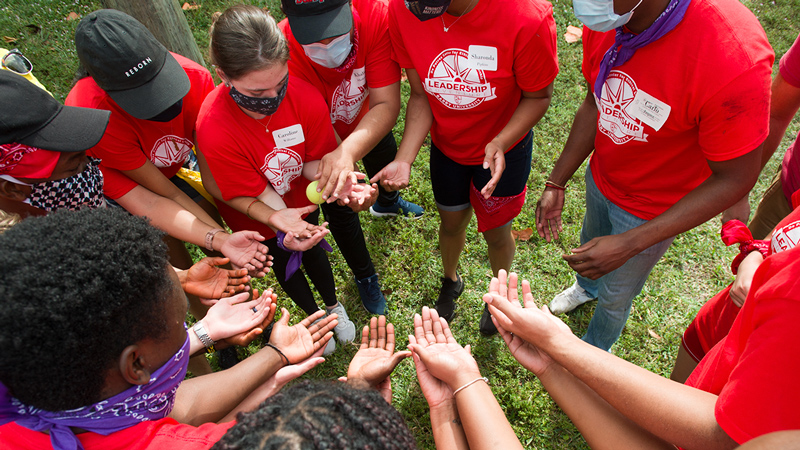January Is Poverty Awareness Month
Although the United States is among the wealthiest nations in the world, poverty effects a sizeable portion of our population. In 2020, for example, the official poverty rate was 11.4% (up 1% from 2019). That’s roughly 37.2 million people living in poverty (3.3 million more than in 2019).
To shine a spotlight on poverty and its many impacts, January is recognized as National Poverty in America Awareness Month.
Today’s Impact
The U.S. Census Bureau collects annual data on poverty using two primary metrics. The first is called the official poverty measure, which is based solely on cash resources. The second is called the supplemental poverty measure and includes both cash and noncash resources, as well as subtractions of expenses such as taxes, child care, health care, and more. Further, the poverty threshold the Census Bureau uses to determine U.S. population numbers varies based on a variety of factors, including family size and the ages of family members.
While the calculations may be daunting, the underlying fact is that roughly one in ten Americans live below the poverty line. Many more hover so close to it that a single mishap—an illness, a vehicle breakdown, a family member laid off from their job—can catapult them into dire circumstances. Overwhelmingly, poverty is shown to be a product of racial injustice, with 19.5% of Black Americans and 17% of Hispanic Americans living in poverty. Those experiencing poverty face housing and food insecurity, inadequate access to healthcare and resulting health issues, lack of employment and educational opportunities, and higher rates of violence than any other measurable group in the country.
How to Help Continue the Work
Fighting poverty begins with understanding the myriad ways it affects daily life. The Census Bureau collects resources on the various challenges of poverty through America Counts: Stories About Income and Poverty. You can also find resources through Alliance for Strong Families and Communities, which also offers thorough reports on Socioeconomic Mobility.
Educational opportunities are diminished for those experiencing poverty, but the U.S. Department of Education offers an excellent guide to supporting low-income and first-generation college students.
Sources:
Census.gov. 2021. How the Census Bureau Measures Poverty. [online] Available at: < https://www.census.gov/topics/income-poverty/poverty/guidance/poverty-measures.html >
Census.gov. 2022. National Poverty in America Awareness Month: January 2022. [online] Available at: < https://www.census.gov/newsroom/stories/poverty-awareness-month.html >
Census.gov. 2022. Two Ways the U.S. Census Bureau Measures Poverty to Capture Clearer Picture of Poverty in America. [online] Available at: < https://www.census.gov/library/stories/2022/01/national-poverty-in-america-awareness-month-measuring-poverty.html >
Heartlandalliance.org. 2022. Poverty Awareness Month. [online] Available at: < https://www.heartlandalliance.org/poverty-awareness-month-how-we-act/ >
